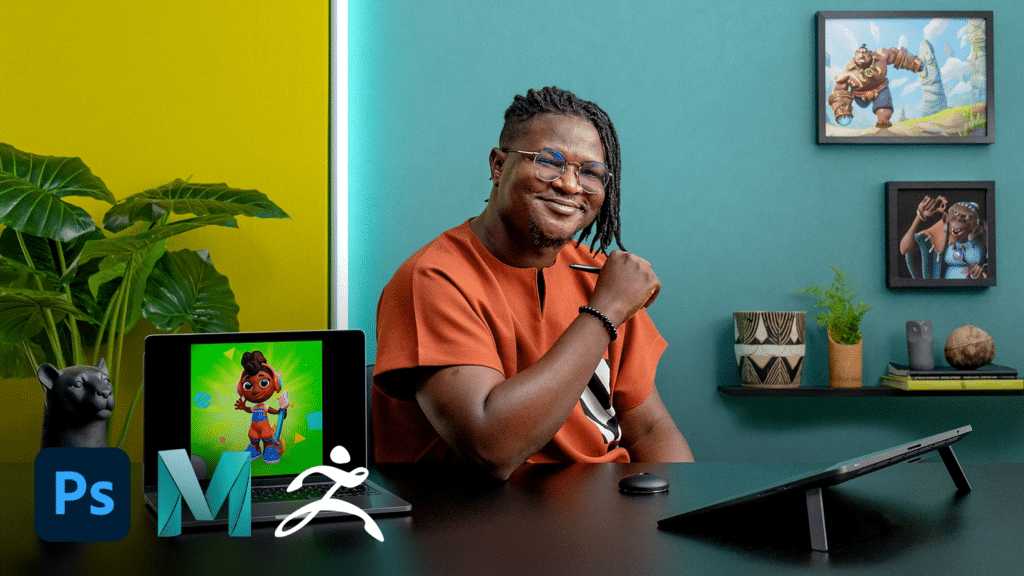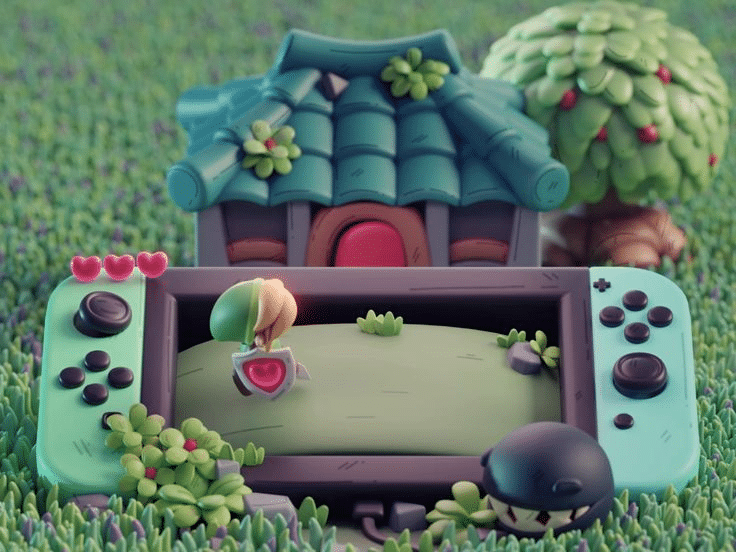Character design is an important aspect of video game development and has come a long way since the early days of 3D gaming. As hardware and software capabilities have increased, so too has the level of detail that can be achieved in character designs. In this blog post, we take a look at the evolution of 3D character designs, from the early blocky polygons to the more realistic models of today. Whether you’re a fan of the classic look or prefer the modern aesthetic, there’s no denying that 3D character design has come a long way in a short amount of time.
Contents
Introducing the topic of 3D character design
3D character design is an exhilarating art form that integrates animation and visual effects, allowing you to bring your most memorable characters to life with intricate details, lifelike textures, and seamless motion. Whether it’s imaginative creatures or humans down-to-the-last detail – 3D character design combines artistic creation with technical production for a captivating piece of fiction within any medium. It’s the perfect way to give stories much-needed depth and dimension that truly resonates with viewers.
How it has evolved
The early days of 3D gaming saw characters made up of blocky polygons with limited detail. As technology advanced, the look and feel of 3D character designs improved significantly. Developers began to introduce more realistic models with better textures, finer details, and lifelike animations.
Today’s 3D character designs feature even more intricate details like skin and hair, realistic facial expressions, and even clothing that reacts to their movements. This level of detail allows for a greater range of emotions and personalities to be portrayed in any given character. Viewers can become more emotionally invested in the story due to the realism of these characters – something impossible with early 3D character designs.
Early 3D characters, their limitations
Early 3D characters have come a long way since their debut in the early 80s. However, the first 3D characters had limitations that made them less believable for realistic presentations. Videogames were a particular casualty, where the primitive graphical abilities made humanlike figures appear static and robotic, with stiff facial animations and simplistic movements.
Limitations in terms of color range and other graphical details also restricted users from conveying a wide variety of visual effects (e.g. weather conditions). This led game designers to rely heavily on conventional programming to convey action and atmosphere instead of relying on graphics alone. Nevertheless, these early 3D characters provided revolutionary visuals for the time and helped to bridge the gap between 2D entertainment and modern video gaming.
why early 3D characters were so basic in appearance
Early 3D characters had minimalistic designs due to the technical limitations of the time. Animators had limited resources in terms of computing power and graphics capabilities, so designing detailed 3D characters was simply not feasible. Making use of only a few polygons meant that complex shapes and animations were impossible.
Consequently, this necessitated a simple, blocky look with low-resolution textures to successfully render these characters in an acceptable amount of time. Nonetheless, these technological setbacks have been eliminated by modern computing software and hardware, allowing for highly-realistic 3D character designs today that are far more sophisticated than their ancestors of decades ago.
Advances in computer graphics technology for 3D characters design
In recent years, computer graphics technology has seen tremendous leaps and bounds which have made 3D character design more intricate than ever. Algorithmic animation, high dynamic range display technology, access to dimensional brush images, and beyond now allow users to craft stunning 3D characters with greater precision than before.
Furthermore, the interconnected devices of a single digital ecosystem have built an entire ecosystem of 3D character creation tools that enable seamless collaboration between artists and designers. This new era of higher-quality visuals has opened up exciting opportunities for video game development, visual effects production and the motion design industry.
Examples of modern 3D characters that demonstrate this level of detail
Modern 3D character creation is truly exquisite. With top-of-the-line technology, traditionally complex features such as facial expressions, details movements and texture can be captured with astounding simplicity.
If you want an example from video games, look no further than Kratos from God of War. Every detail has been carefully crafted to create a realistic character that’s dynamic and lifelike, even in the most intense battles. Thanks to advances in computer graphics technology, developers can produce visually stunning characters with more details and realism than ever before.
Overall, 3D character design has gone through a significant transformation in the last few decades. From blocky and basic to photorealistic and lifelike, modern 3D characters bring depth and life-like detail to video games, movies, and more. With these advancements pushing the boundaries of what we can create, the sky is truly the limit for where 3D character design can go in the future.
source: pinimg.com
The future potential for 3D character design
3D character design technology holds the potential to remarkably transform our visual world. Whether it’s creating and incorporating photo-realistic characters into video games, animation movies, or applications like augmented and virtual reality, advances in computing power have enabled designers to craft impressively lifelike creations that seemingly come alive with every stroke of their digital brush.
The potential for 3D character design is limited only by the scope of the designer’s skill and imagination as these digital artisans push the boundaries of what can be created in a three-dimensional space. It promises to revolutionize how we interact with lifelike visuals, both recreationally and as part of immersive learning experiences. As such, 3D character design will play a key role in ushering us into an exciting new era of digital entertainment, communication, and education.
Final thoughts
To conclude, 3D character design has come a long way since its early beginnings. Where primitive 3D characters were almost unrecognizable and lacked any real personality, modern 3D characters are intricate, extremely detailed works of art. Thanks to advanced computer graphics technology, the possibilities for 3D character design seem endless, so it’s likely that they will continue to become even more sophisticated in the future.


